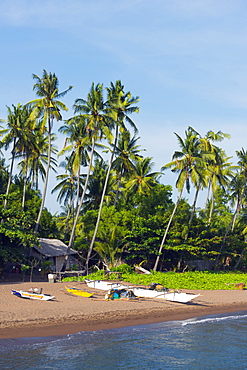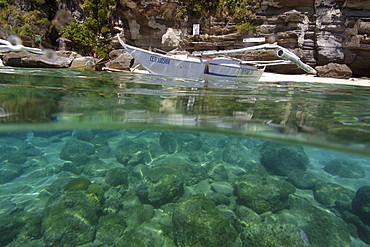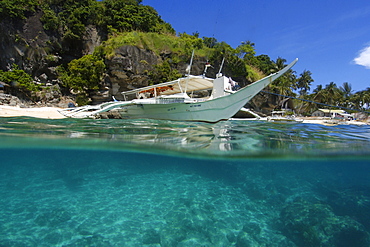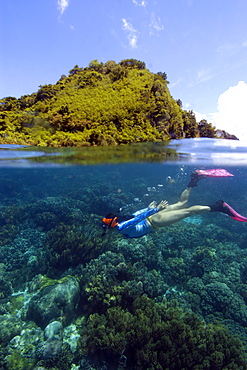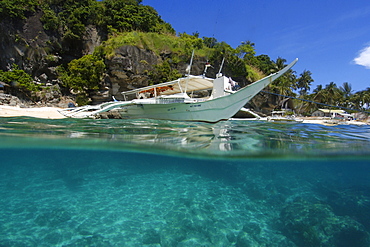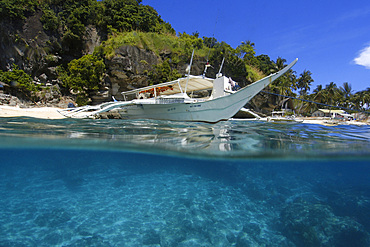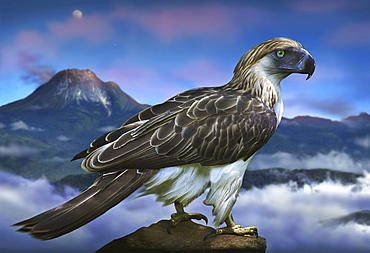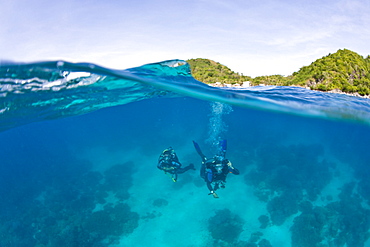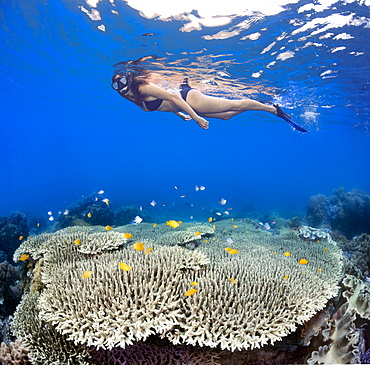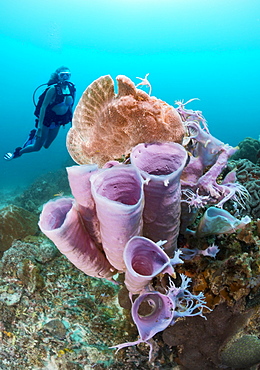Results
1 results found

Blue sea star (Linckia laevigata) shares the reef with sponges, feather stars and coral, Apo Island marine reserve, Philippines, Visayan sea, Southeast Asia, Asia
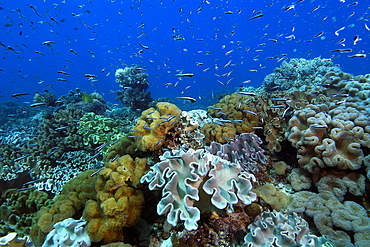
Juvenile fish hover over coral reef, Rocky Point, Apo island Marine Reserve, Philippines, Southeast Asia, Asia
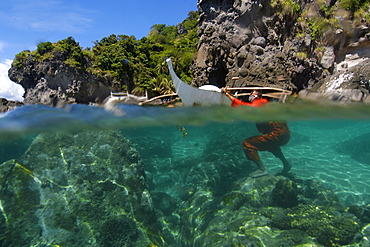
Fisherman wearing orange jumpsuit cleans his bangka, or traditional Philippino boat, Apo Island, Negros, Philippines, Southeast Asia, Asia
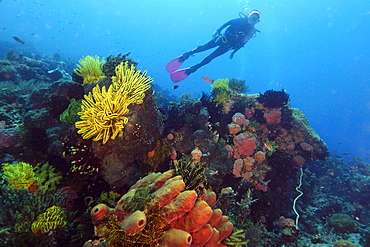
Diver enjoys the sight of colorful sponges, corals and feather stars at Coconut Point, Apo island Marine Reserve, Philippines, Southeast Asia, Asia
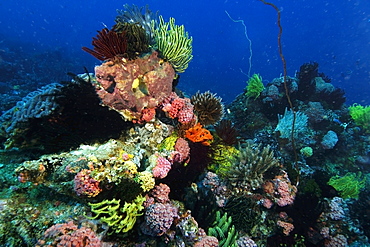
Colorful sponges, corals and feather stars populate the reef at Coconut point, Apo island Marine Reserve, Philippines, Southeast Asia, Asia
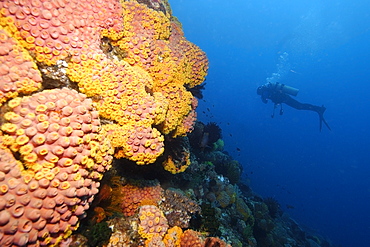
Diver explores the reef wall covered with orange cup coral (Tubastrea sp.), Coconut point, Apo island Marine Reserve, Philippines, Southeast Asia, Asia
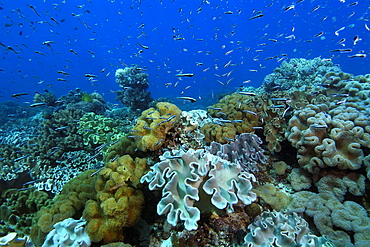
Juvenile fish hover over coral reef, Rocky Point, Apo island Marine Reserve, Philippines, Southeast Asia, Asia
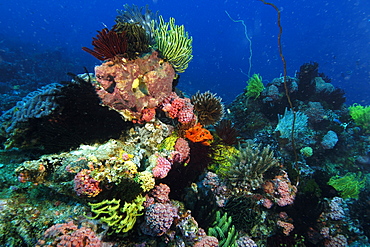
Colorful sponges, corals and feather stars populate the reef at Coconut point, Apo island Marine Reserve, Philippines, Southeast Asia, Asia
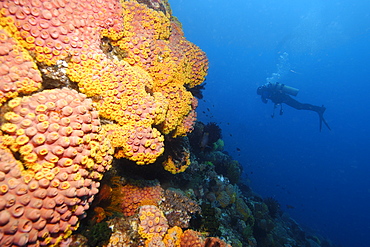
Diver explores the reef wall covered with orange cup coral (Tubastrea sp.), Coconut point, Apo island Marine Reserve, Philippines, Southeast Asia, Asia
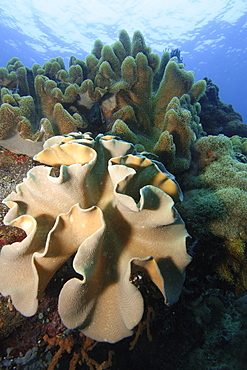
Leather coral (Sarcophyton sp.), Apo Island marine reserve, Philippines, Visayan sea, Southeast Asia, Asia
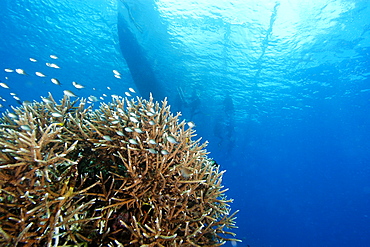
Damselfish swimming over staghorn coral (Acropora sp.), and banca silhouette, Chapel, Apo island Marine Reserve, Philippines, Southeast Asia, Asia
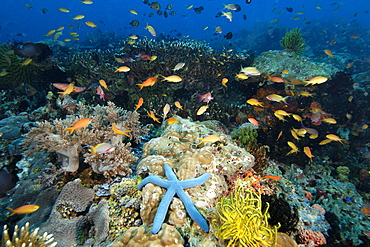
A multitude of sponges, tunicates, feather stars, sea stars, soft and hard corals as well as fish co-exist harmoniously in the reefs at Cogon, Apo Island marine reserve, Philippines, Visayan sea, Southeast Asia, Asia
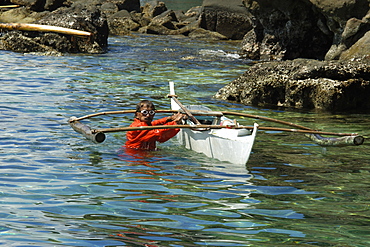
Fisherman wearing orange jumpsuit cleans his bangka (traditional Philippino boat), Apo Island, Negros, Philippines, Southeast Asia, Asia
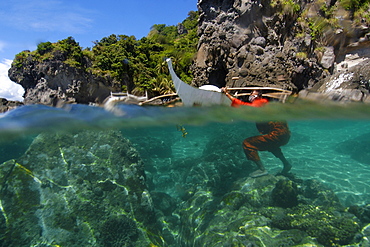
Fisherman wearing orange jumpsuit cleans his bangka (traditional Philippino boat), Apo Island, Negros, Philippines, Southeast Asia, Asia
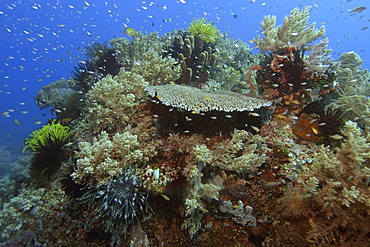
Highly diverse coral head, Apo Island marine reserve, Philippines, Visayan sea, Southeast Asia, Asia

Bangka or traditional Philippino boat, in turquoise waters, Apo Island, Negros, Philippines, Southeast Asia, Asia

Peacock grouper (Cephalopholis argus), Chapel, Apo island Marine Reserve, Philippines, Southeast Asia, Asia

Blue sea star (Linckia laevigata) shares the reef with sponges, feather stars, and coral, Apo Island marine reserve, Philippines, Visayan sea, Southeast Asia, Asia
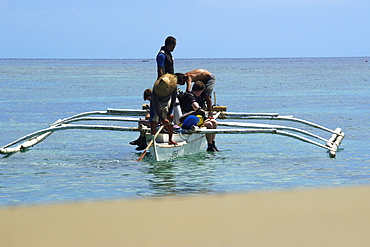
Scuba divers prepare to dive off bangka (traditional Philippino boat), close to shore, Apo Island, Negros, Philippines, Southeast Asia, Asia

Aerial view of Dumaguete with Apo Island in the background, Negros Oriental, Philippines, Southeast Asia, Asia
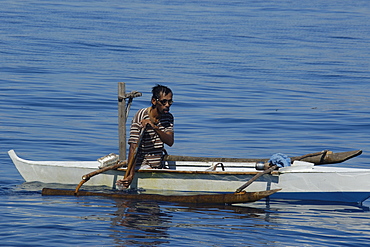
Local fisherman wearing goggles in small bangka (traditional Philippino boat), Apo Island, Negros, Philippines, Southeast Asia, Asia
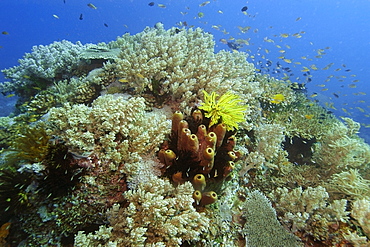
Highly diverse coral head, including tube sponge (Theonella cylindrica), Apo Island marine reserve, Philippines, Visayan sea, Southeast Asia, Asia
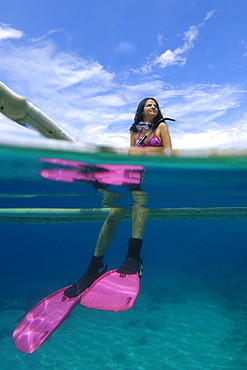
Snorkeller resting on the side of a banca (traditional Philippino vessel), Apo island Marine Reserve, Philippines, Southeast Asia, Asia
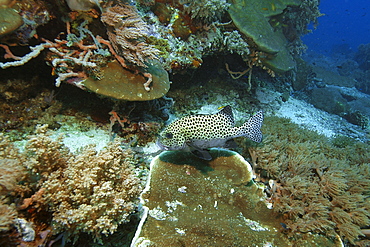
Many-spotted sweetlips (Plectorhinchus chaetodontoides) rests next to the reef, Coconut point, Apo island Marine Reserve, Philippines, Southeast Asia, Asia
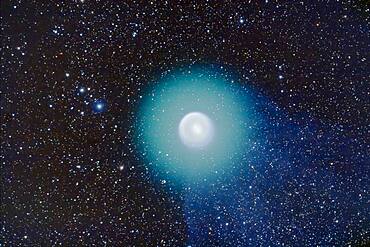
Comet Holmes, 17P, taken Nov 1, 2007 on excellent night. Taken with A&M 105mm apo refractor at f/5 with Borg 0.85x compressor/field flattener on SkyWatcher HEQ5 mount. Canon 20Da camera at ISO400. Composite of 4 min, 2min, 1min, 30sec, 15sec, and 7 sec exposures, each exposure being a stack of 3 to 4 identical exposures. Registered and stacked in Photoshop (HDR mode did not produce usable result, so manually composited with sucessively smaller masks to reveal short exposure content around nucleus. Contrast exaggerated with Curves to bring out very faint tail structure. North up, so tail to the S and SW.Nucleus is dot at upper left of inner coma, other star in inner coma at right is a field star
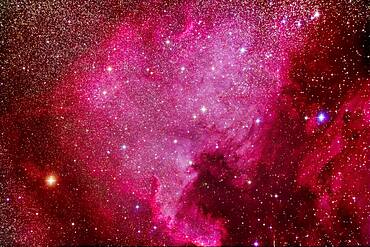
NGC 7000, the North America Nebula, with the Pelican Nebula, IC 5067, at right, in Cygnus, taken from home November 21, 2016 as part of testing of the Explore Scientific FCD100 102mm apo refractor. This is a stack of 5 x 6-minute exposures at f/7 with the ES field flattener, and at ISO 1600 with the filter-modified Canon 5D MkII. Star diffraction spikes added with AstronomyTools actions.
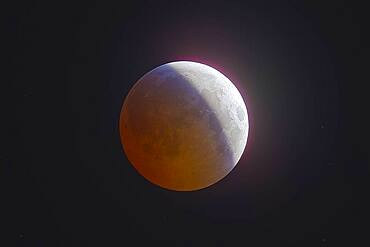
Total eclipse of the Moon, December 20/21, 2010, taken from home with 130mm AP apo refractor at f/6 and Canon 7D at ISO 400. An HDR composite of 9 images from 1/125 second to 2 seconds, composited in Photoshop CS5. Vibrancy increased to show bring out the colour variations across the shadow and at the edge of the shadow. Taken at about 12:21 am MST on Dec 21, about 20 minutes before totality began, during the partial phase.
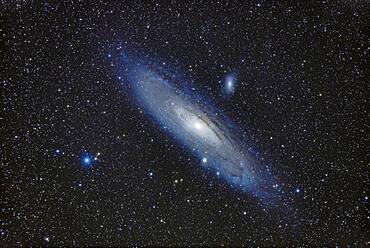
A demo image with the Orion 80mm CF Apo and Celestron AVX mount, with 3 x 8 minute and 3 x 6 minutes, at ISO 1600 with Canon 6D MkII plus shorter 3 x 2 minute and 3 x 1 minute exposures blended in with luminosity masks. Guided with the Orion Starshoot and Orion finderscope, using PHD2, with a lot of wild excursions in the guiding.
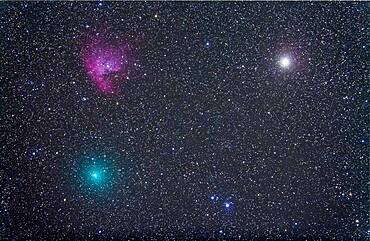
Comet Hartley 2 near the Pacman Nebula, NGC 281, in Cassiopeia. Stack of 4 x 6 minute exposures at ISO 1600 with Canon 5D MkII on A&M 105mm apo refractor at f/4.8 with Borg reducer/flattener. Bright star is Alpha Cas, Schedar. Autoguided with Celestron NexGuide autoguider. However, image of comet core is from only one exposure to minimize trailing from this fast-moving comet.
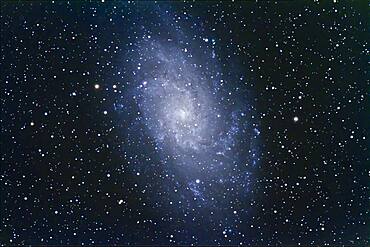
M33, the Triangulum Spiral, a dwarf spiral in the Local Group. This is a 6-image stack of 12-minute exposures with the Canon 7D at ISO 800 on the 130mm Astro-Physics apo refractor at f/6 on AP 600E mount and SBIG SG4 autoguider. Poor seeing bloated star images somewhat.
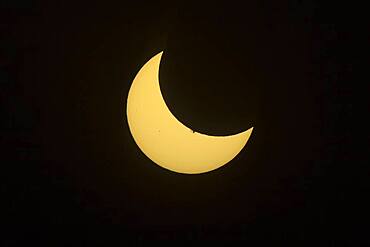
The partial eclipse of the Sun, October 23, 2014, as seen from Jasper, Alberta, shot under clear skies through a mylar filter, on the front of a 66mm f/6 apo refractor using the Canon 60Da for 1/8000 (!) sec exposure at ISO 100. The colours are natural, with the mylar filter providing a neutral 'white light' image. The big sunspot on the Sun that day is just disappearing behind the Moon's limb. The mylar filter gave a white Sun, its natural colour, but I have tinted the Sun's disk yellow for a more pleasing view that is not just white Sun/black sky.
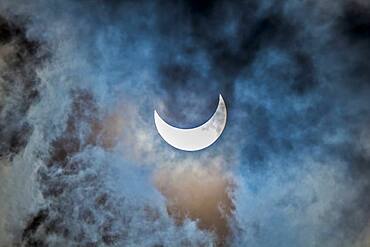
The partial eclipse of the Sun, October 23, 2014, as seen from Jasper, Alberta, in this case shot through thin cloud but that makes for a more interesting photo than one in a clear sky. This is still shot through a mylar filter, on the front of a 66mm f/6 apo refractor using the Canon 60Da for 1/25 sec exposure at ISO 100. The colours are natural, with the mylar filter providing a neutral 'white light' image. With the Sun dimmed a lot by cloud, the longer exposure allowed picking up light and colours in the surrounding clouds.
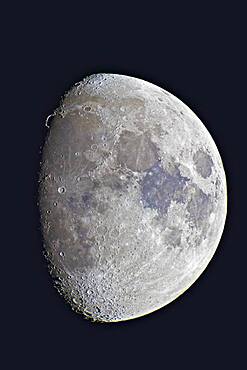
9-day-old gibbous Moon, taken April 23, 2010, with Astro-Physics 130mm apo refractor, plus 2x Barlow for f/12 and 1600mm focal length. Canon 7D camera at ISO 100. Seeing poor -- this was the sharpest of the lot.
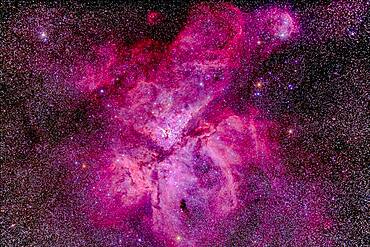
The Carina Nebula (aka Eta Carinae) in the southern sky, shot December 11, 2012 from Timor Cottage, Coonabarabran, NSW, Australia. This is a stack of 5 x 12 minute exposures at ISO 400 with the Canon 5D MkII (filter modified) and Astro-Physics 105mm Traveler apo refractor and 6x7 field flattener.
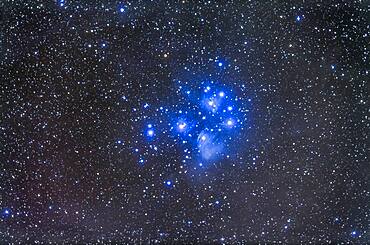
The Pleiades star cluster, aka Seven Sisters, or M45, in Taurus. A deep exposure showing the reflection nebulosity which fills the area. This is a stack of 5 x 14 minute exposures with the TMB 92mm apo refractor and Borg 0.85x flattener/reducer at f/4.8 and Canon 5D MkII at ISO 800. Taken from home Oct 9/10, 2013.
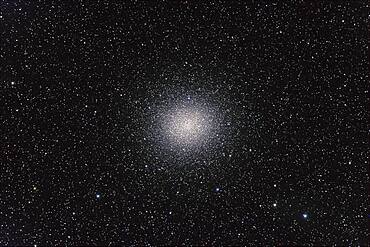
Omega Centauri globular cluster, with Canon 20Da camera with 4-inch Astro-Physics Traveler apo refractor at f/6 for 4 minutes each at ISO800. Stack of 4 exposures, averaged stacked. Plus short 2-minute exposure for core area. Taken from Queensland, Australia, July 2006.

A telescopic closeup of Comet Lovejoy (C/2014 Q2) on January 19, 2015. I shot this from near Silver City, New Mexico, using a TMB 92mm apo refractor at f/4.4 and using a Canon 6D at ISO 1600 for a stack of 4 x 5 minute exposures. The ion tail is primarily from a single exposure to minimize blurring from the comet's motion relative to the stars. The rest of the image is from the stacked combination to minimize noise.

Family of false clown anemone fish, Amphiprion ocellaris, seeking refuge in sea anemone, Masaplod, Dumaguete, Negros Island, Philippines.

Common lionfish, Pterois volitans, blends in with a variety of soft corals and sponges, Cars, Dumaguete, Negros Island, Philippines.

Family of false clown anemone fish, Amphiprion ocellaris, seeking refuge in sea anemone, Dumaguete, Negros Island, Philippines.
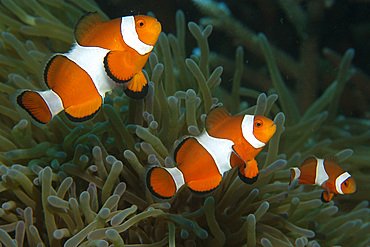
Family of false clown anemone fish, Amphiprion ocellaris, seeking refuge in sea anemone, Masaplod, Dumaguete, Negros Island, Philippines.
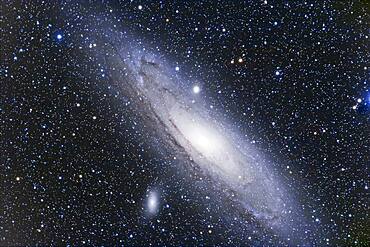
M31 Andromeda Galaxy, with TMB 92mm apo refractor and Borg 0.85x reducer/flattener for f/4.8 and Canon 20Da camera at ISO400 for 2 x 15 minute exposures. North is at bottom, south at top (better balance with this framing)
